They are us. The sacred texts hold a mirror up to the hearer not only urging us summon the courage the be faithful servants, but also challenging us to recognize the villain within ourselves. These stories call us not only to be watchful and alert, but also to be proactive in the divine plan. This week, Mother & Child.
because the Lord has anointed me;
he has sent me to bring glad tiding to the poor,
to heal the brokenhearted,
to proclaim liberty to the captives and release to the prisoners,
to announce a year of favor from the Lord
and a day of vindication from our God.
The Prophet Isaiah
mixed media
Matt Sesow
2010
On a hot summer evening at an airfield near his home in Nebraska, eight-year old Matt Sesow was struck by the propeller of a landing airplane. The accident resulted in his left arm being severed and the loss of his left hand. With the help of family and friends, Sesow learned to excel in both athletics and academics. It was not until he was working as an adult in the tech industry that Sesow discovered painting. In the evenings and on weekends he played with painting and ultimately developed his hobby into a path of healing and a mission in life.
"My paintings are the emotional response to a traumatic past, the road to healing, and the confidence of finding a new language to express feelings felt but never shared. While some people see my paintings as angry or aggressive, many of my collectors and fans (including myself), see my work as hopeful, joyous, and eager to take on the world!"
Matt Sesow’s Wild Eyes expresses what any new mother might feel. This wild-eyed mother holds her child close as she looks toward a future she knows will be filled with both struggle and hope. The child in her lap with a severed hand is more than an autobiography. Sesow’s image is a universal message of family, protectiveness, and faithfulness. It is about a journey from brokenness to wholeness.
In what will become her great song of praise, the mother that dominates the Advent stories accepts both the pain and hope of a journey she is destined to take with her child. Her strength for this task comes from her knowledge of the long prophetic traditions of her faith. Even at her young age, she knew the stories and songs of a God who empowers those of humble estate (from every generation) to scatter the proud in their conceit and bring the mighty from their thrones. While this mother knew she was unprepared to be in the middle of this great cosmic drama, she also knew that she would grow into the role as all new mothers or prophets do. God and family and friends would provide.
But maybe more heroically, she understood from these same stories and songs the ultimate cost of this discipleship and this journey. There would be much sorrow before vindication. The real courage of faith is simply saying yes to the call to be a player in the divine spectacle of deliverance. Faithfulness is the place where faith is worked out in actions and where even the most banal of actions and gestures achieves profound meaning and significance. In the actions and gestures of this woman/mother are the aesthetic expressions of an ethical worldview lived out.
Rejoice always.
Pray without ceasing.
In all things give thanks, for this is the will of God.
Do not quench the Spirit.
Do not despise prophetic utterances.
Test everything; retain what is good.
Refrain from every kind of evil.
from Paul’s letter to the Thessalonians
Suggestions for further exploration:
- Read and meditate on the lectionary texts for this week.
- Listen to Steve Thorngate's After the Longest Night: Songs for Advent, Christmas and Epiphany.
- Practice walking meditation to bring mindful awareness to your movements and actions. Like mindful breathing practice, walking meditation brings focus and awareness to a common action that is often taken for granted. Such awareness helps in gaining a greater sense of understanding of thoughts, feelings, and actions and leads to more constructive ways to respond.
- Watch this TED conversation with Marian Wright Edelman reflecting on her lifetime mission to fight childhood poverty. She says, "The reinforced lesson from (my parents) is that 'God runs a full employment economy' and that if you follow the need, you will never lack for a purpose in life."
- Give of your time and resources to support local organizations that serve women and children. Find out more about The Bedford Christmas Station, Bedford Domestic Violence Coalition, Bedford Community Health Foundation, and Bedford Area Family YMCA.







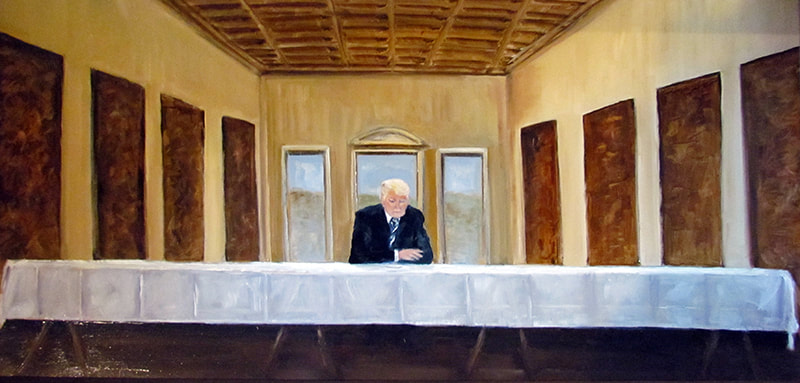
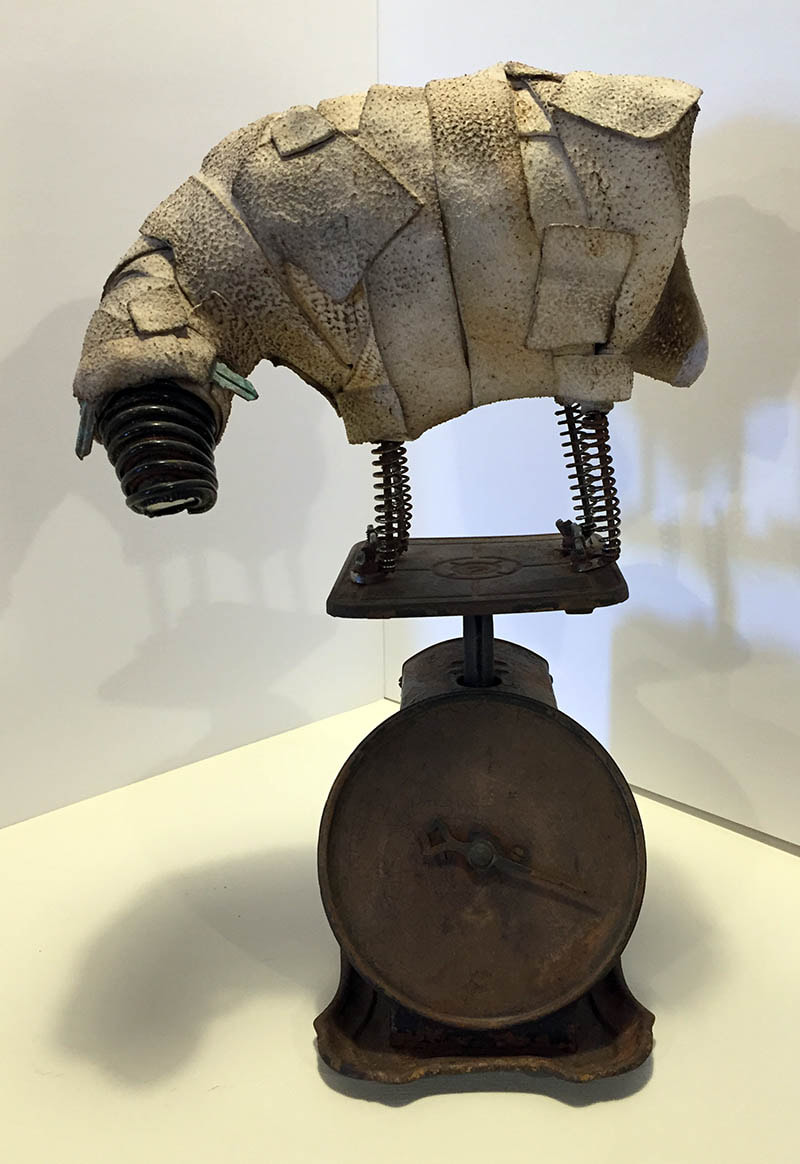
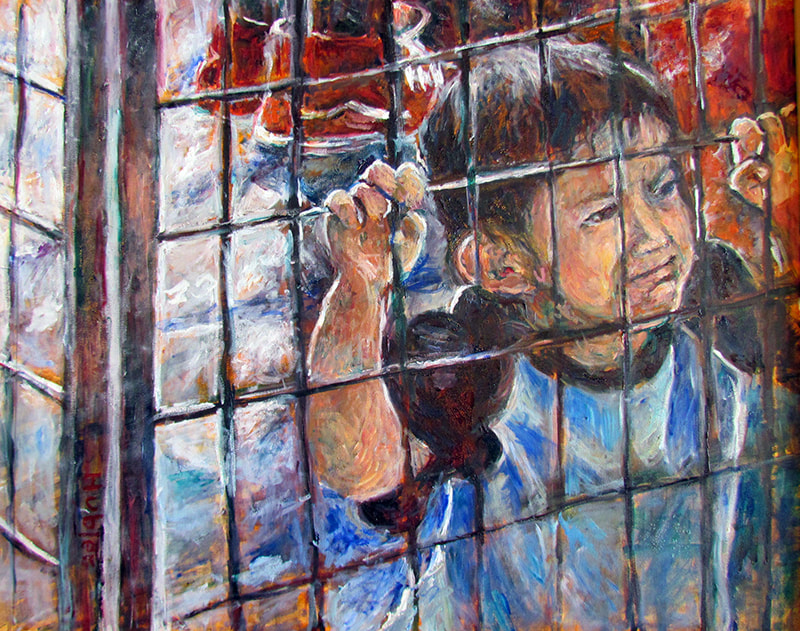
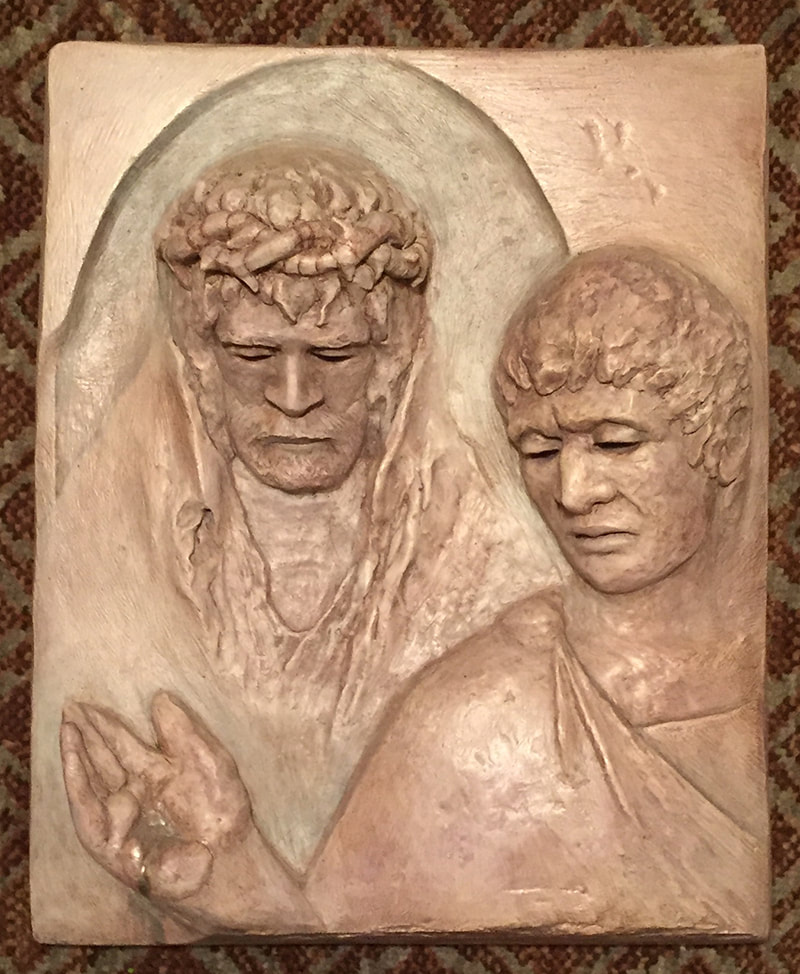

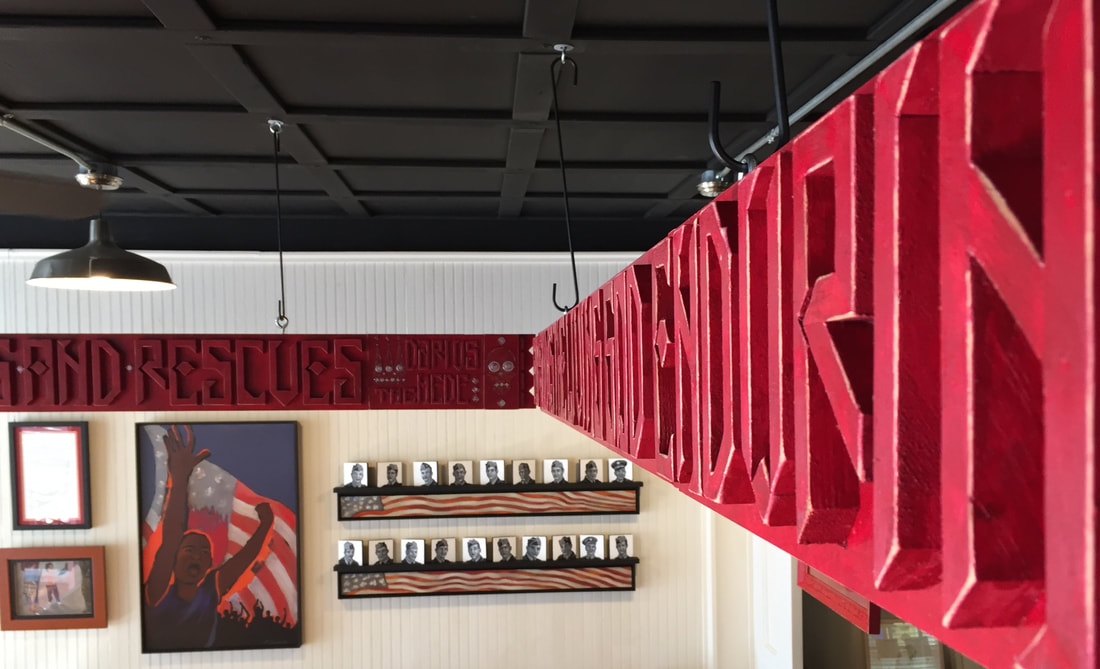
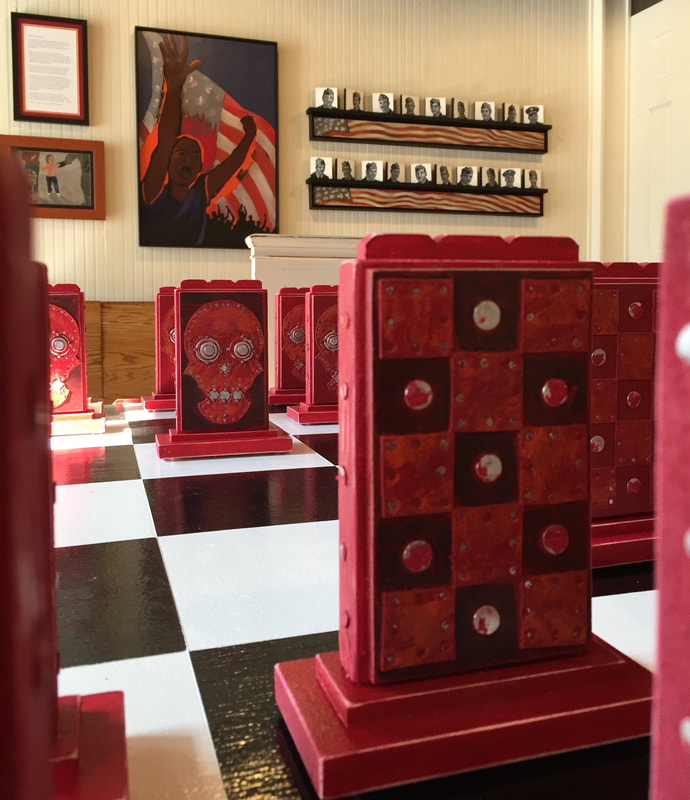

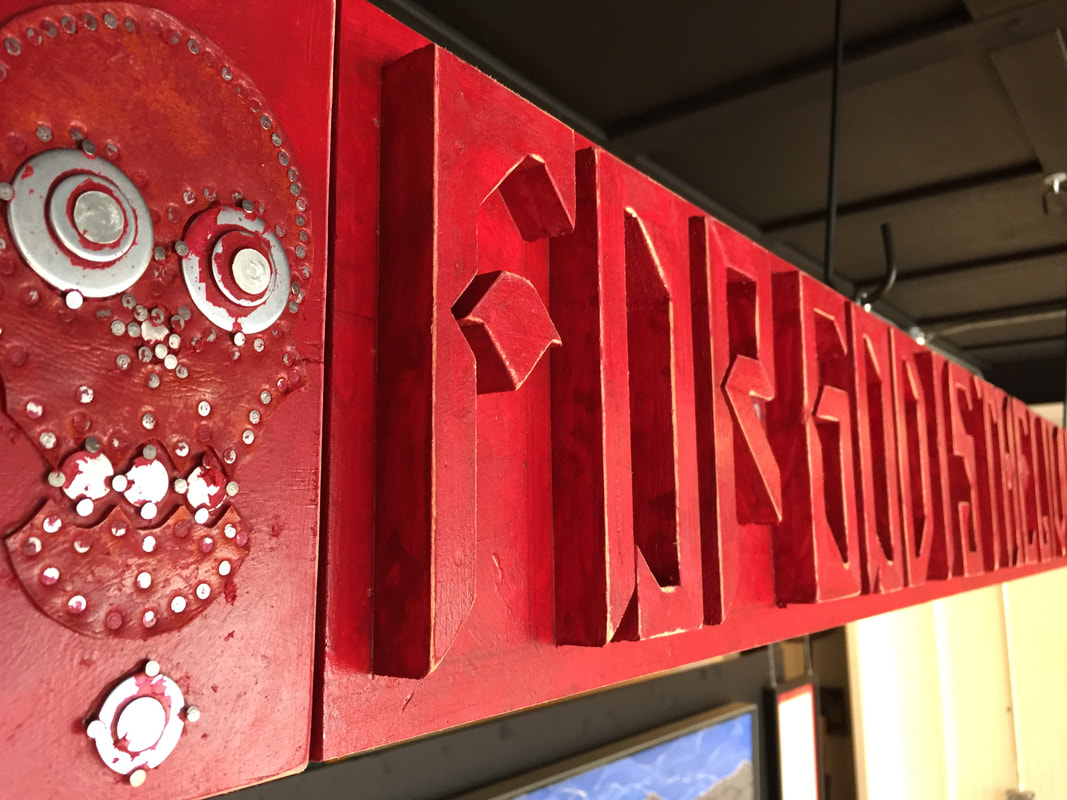
 RSS Feed
RSS Feed